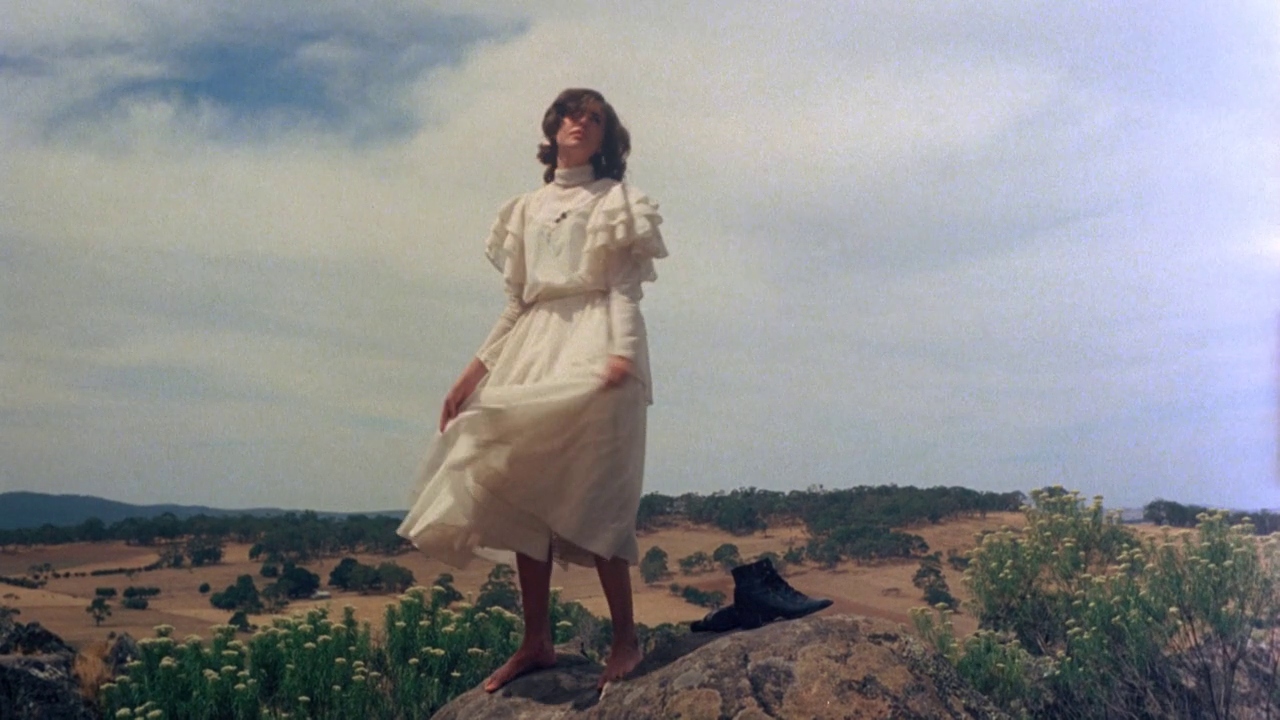Table of Contents
Ancient Sacred Sites
🌀 Ancient sacred sites create a tangible connection between past and present in folk horror, serving as physical manifestations of forgotten or suppressed beliefs. These locations often become catalysts for supernatural events, portals between worlds, or the focal points for rituals.
Purpose of Visits to Sacred Sites
Research
Academic research at ancient sites often becomes the entry point for horror:
- Night of the Demon (1957, UK)
- Born of Fire (1987, UK)
These investigations typically uncover forbidden knowledge or disturb dormant forces.
Rituals
Sacred sites serve as the natural location for ritual practices:
- Blood on Satan's Claw (1971, UK)
- Alison's Birthday (1981, Australia)
The power of these locations is seen as amplifying ritual effectiveness, connecting practitioners to ancient energies.
Tourism
Visitors to sacred sites as tourists or casual explorers:
- Picnic at Hanging Rock (1975, Australia)
- Lake Mungo (2008, Australia)

In Picnic at Hanging Rock, the imposing geological formation becomes a mysterious force that consumes several schoolgirls during an outing.
The "Indian Burial Ground" Trope
Many horror films from settler colonial countries feature the problematic "Indian burial ground" trope:
- The Last Wave (1977, Australia)
- The Amityville Horror (1979, US)
- The Shining (1980, US)
- Eyes of Fire (1983, US)
- Kadaicha (1988, Australia)
- Pet Sematary (1989, US)
- Grim Prairie Tales (1990, US)
As Jesse Wente notes, "there is no such thing as an Indian burial ground… [That is] a figment of the Western imagination." This trope reduces diverse indigenous nations into one fictional category, "Indian," while appropriating and distorting cultural beliefs for shock value.
Types of Sacred Sites
Stone Circles and Megaliths
Prehistoric stone monuments feature prominently:
- Children of the Stones (1977, UK)
- The Third Eye (1966, Italy)
- The Stone Tape (1972, UK)
Ancient Tombs and Burial Sites
Disturbed graves and ancient tombs:
- A Warning to the Curious (1972, UK)
- The Omen (1976, US)
Natural Formations
Distinctive natural features considered sacred:
- Picnic at Hanging Rock (1975, Australia)
- The Dark and the Wicked (2020, US)
Sacred Trees and Groves
Trees and forests with religious or cultural significance:
- The Guardian (1990, US)
- Clearcut (1991, US)
- The Ritual (2017, UK)
Cultural Context
The treatment of sacred sites in folk horror often reflects colonial attitudes toward indigenous beliefs and sacred spaces. The desecration of these sites - whether through academic study, tourism, or development - frequently triggers supernatural retribution, which can be read as a metaphor for cultural guilt or anxiety about the destruction of traditional ways of life.
At the same time, these sites represent continuity - places where the past remains present and ancient forces continue to exert influence despite attempts to relegate them to history.
This note is part of a series exploring folk horror in cinema. Return to the main Folk Horror overview to explore other tropes.